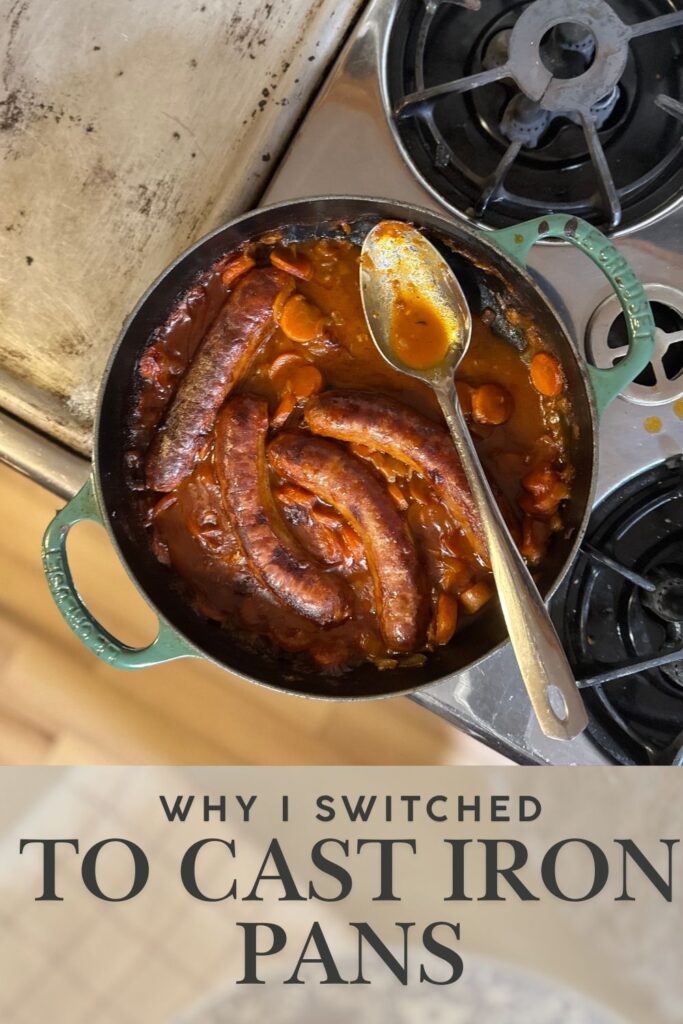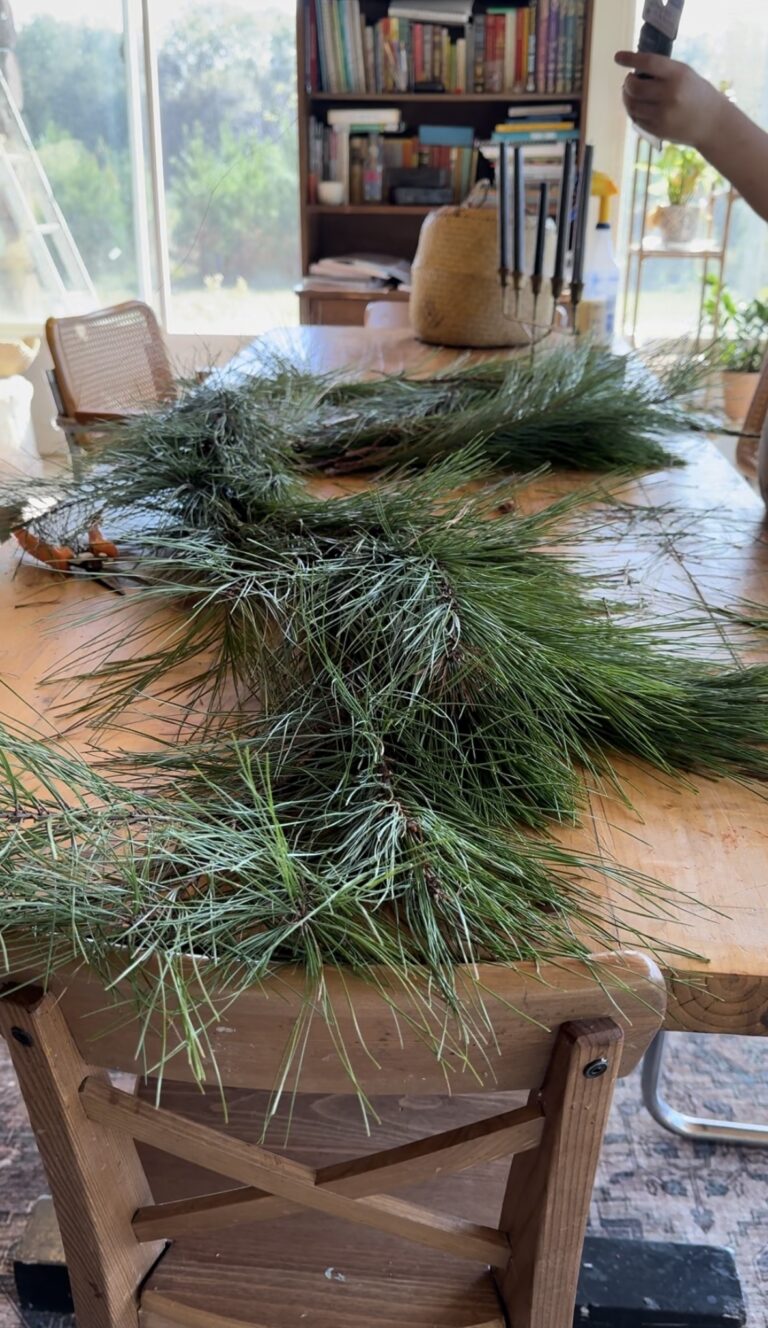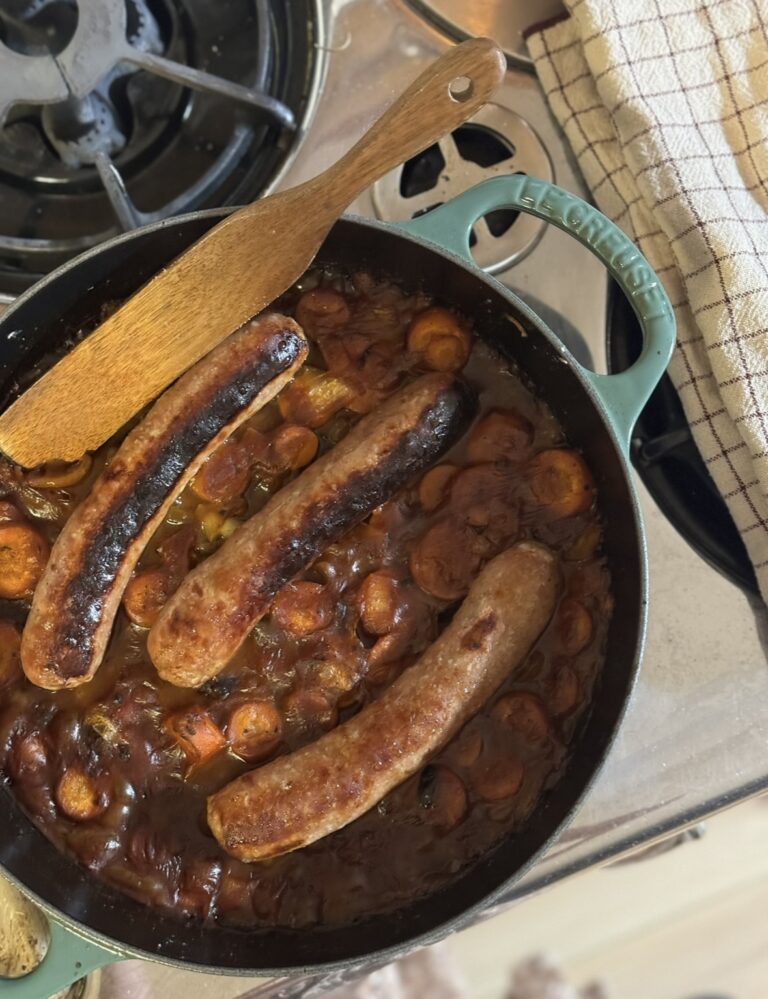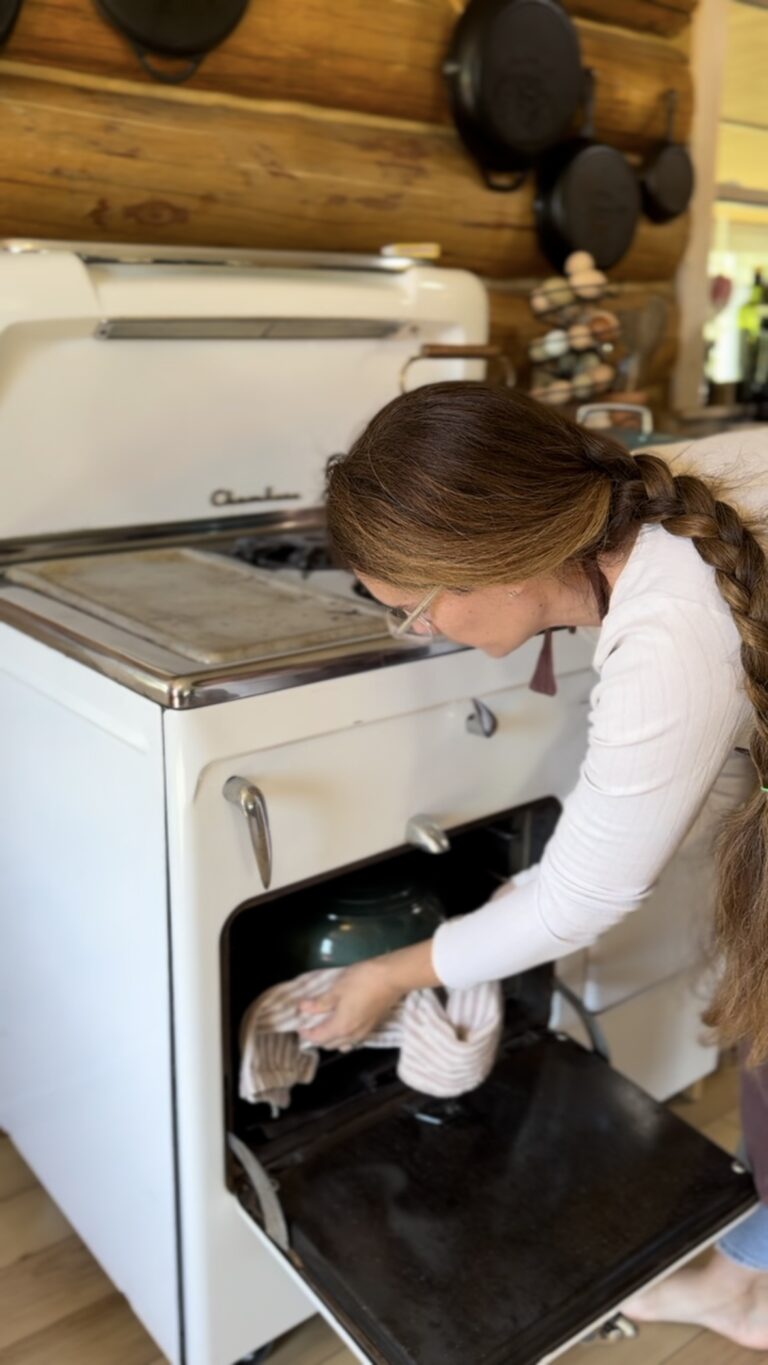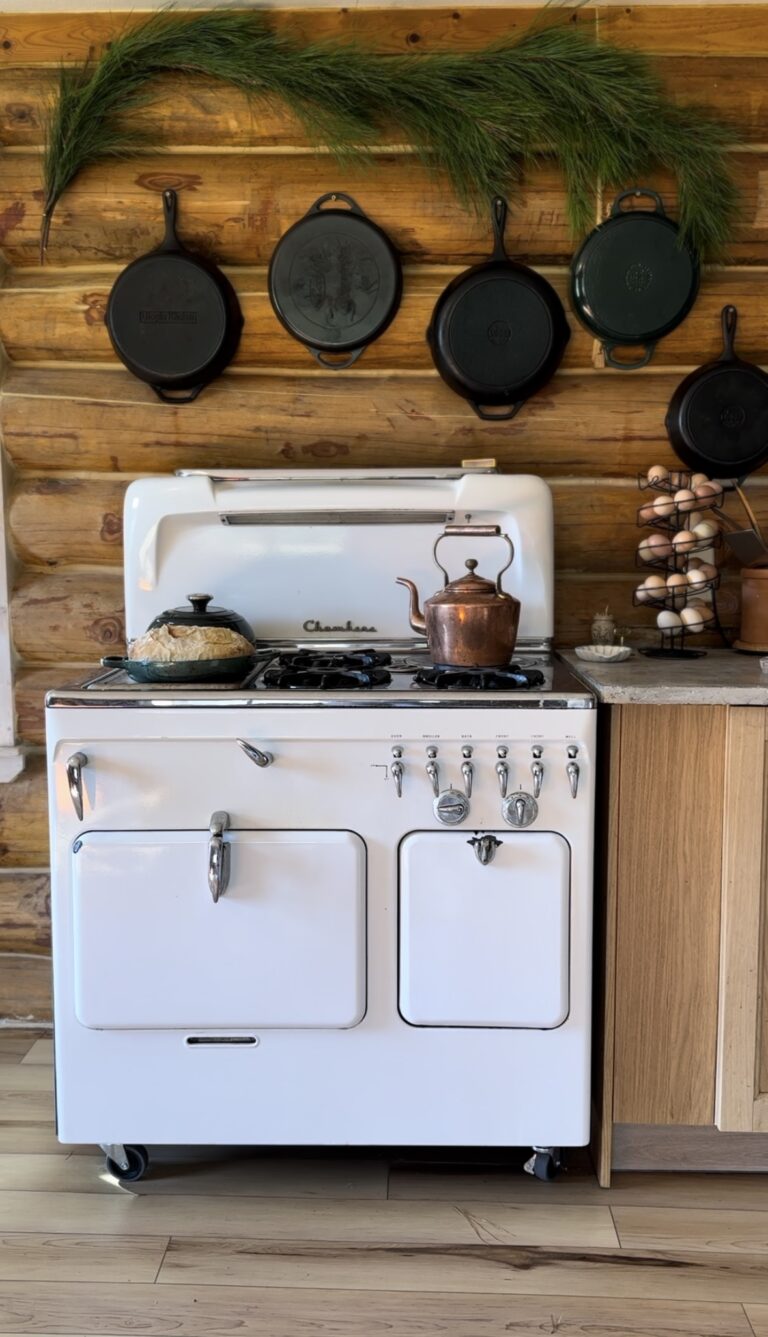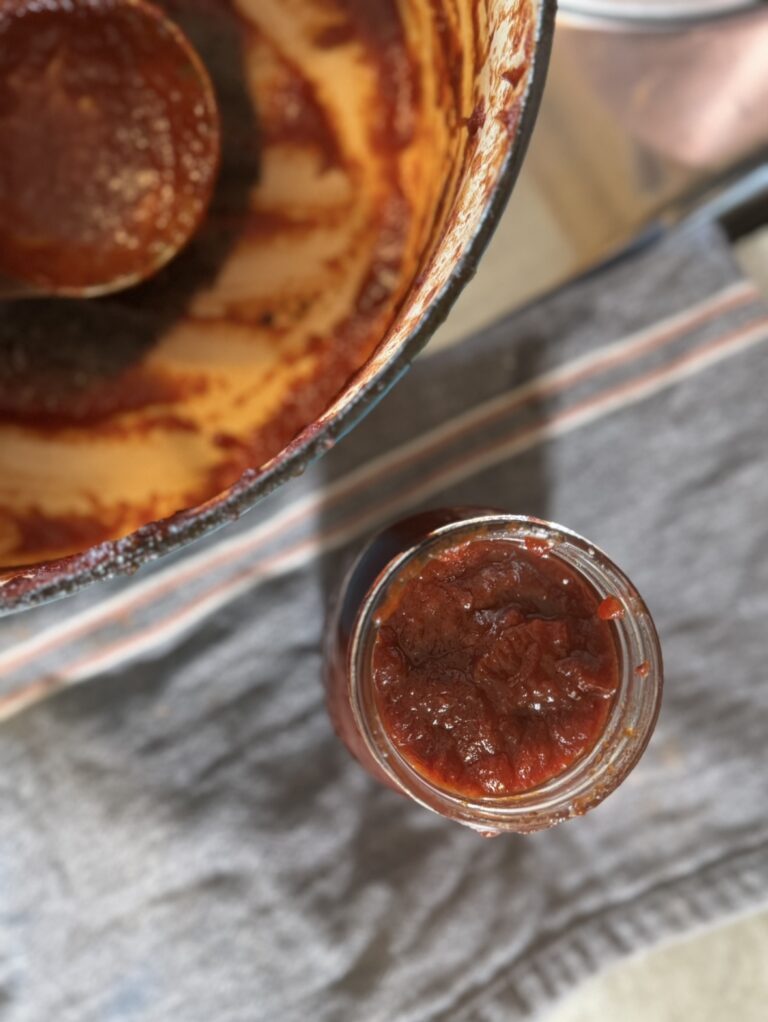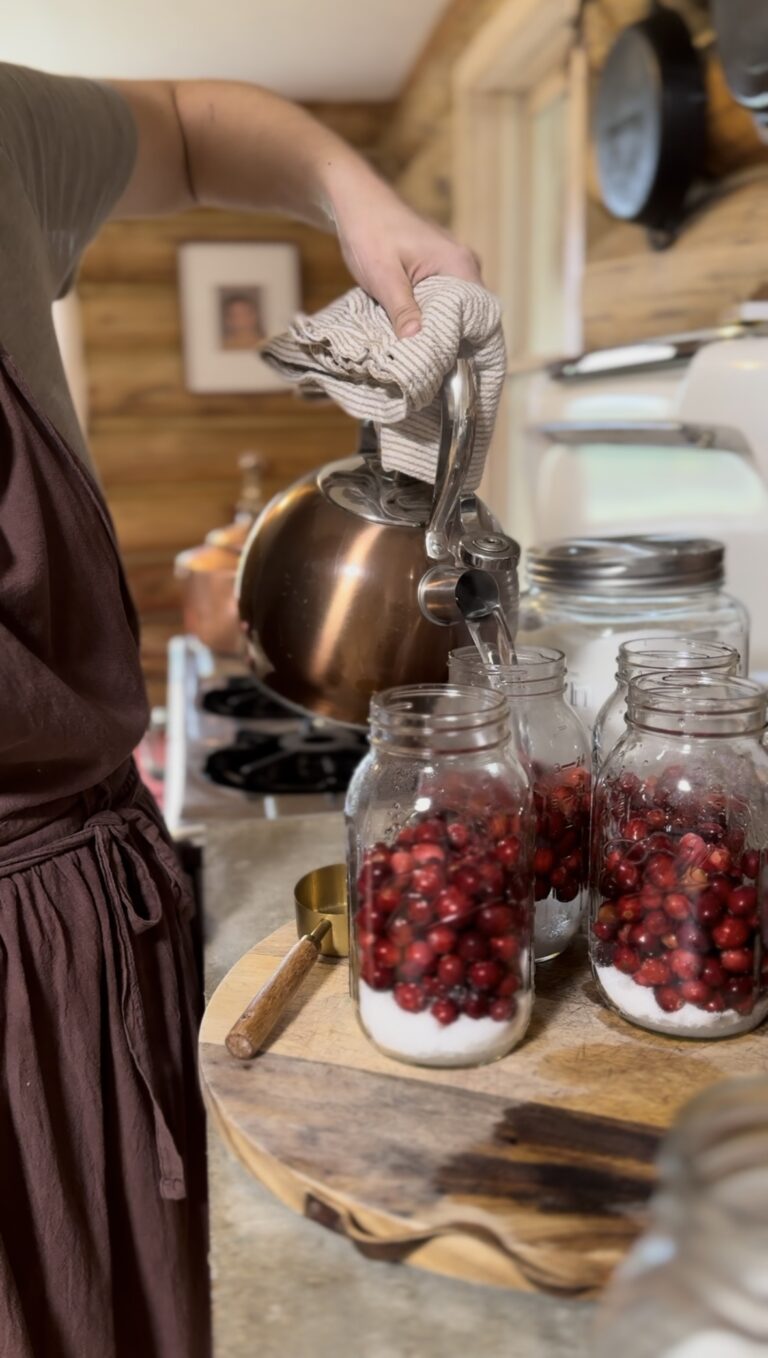Cast Iron Cookware: The Ultimate Guide for Durability, Safety, and Performance
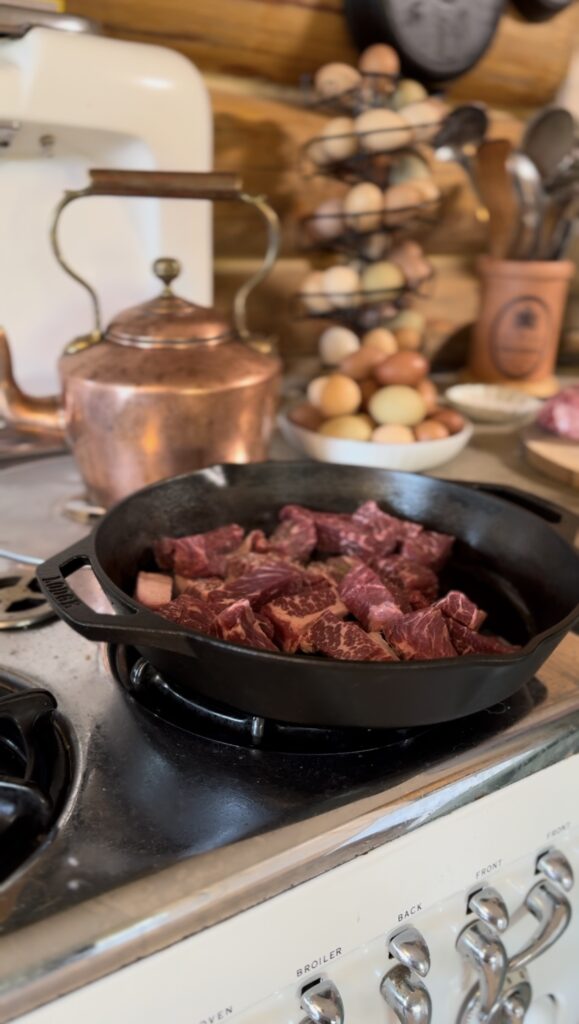
My Cast Iron Journey
I’ve been using cast iron cookware since 2015, when friends gave us a small Lodge fry pan as a moving gift when we relocated from Hawaii to Texas. What started with one pan has grown into a diverse collection ranging from everyday Lodge pieces to premium Le Creuset enameled cast iron. I’ve developed a particular passion for finding vintage cast iron at thrift stores like Goodwill, restoring them, and adding them to my kitchen arsenal.
Why Cast Iron Cookware Outperforms Modern Alternatives
Unmatched Durability
Cast iron cookware is practically indestructible when properly maintained. Many vintage pieces from the early 20th century are still in use today, making them true lifetime investments. Unlike modern non-stick pans that typically need replacement every few years, cast iron can be passed down for generations:
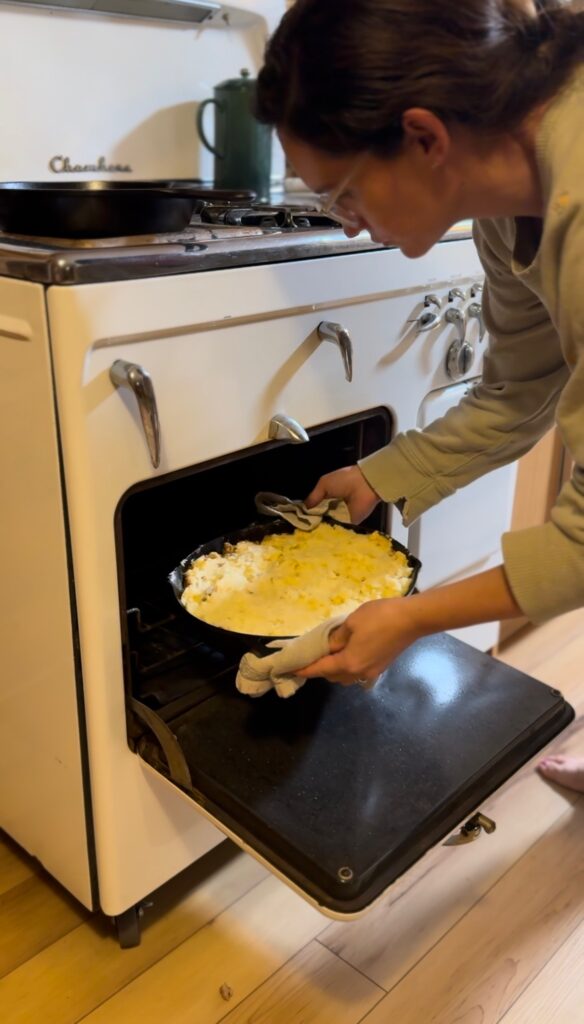
Note: This post contains affiliate links to products I truly recommend. Your support helps keep this blog running! more info here
- Withstands extremely high temperatures
- Resistant to warping and damage
- Can be restored even after decades of neglect
- Maintains performance indefinitely with proper care
Superior Heat Retention and Distribution
Cast iron’s excellent thermal mass properties make it ideal for many cooking techniques:
- Holds heat longer than aluminum or stainless steel
- Creates consistent cooking temperatures with fewer hot spots
- Perfect for searing meats and achieving a proper Maillard reaction
- Transitions seamlessly from stovetop to oven
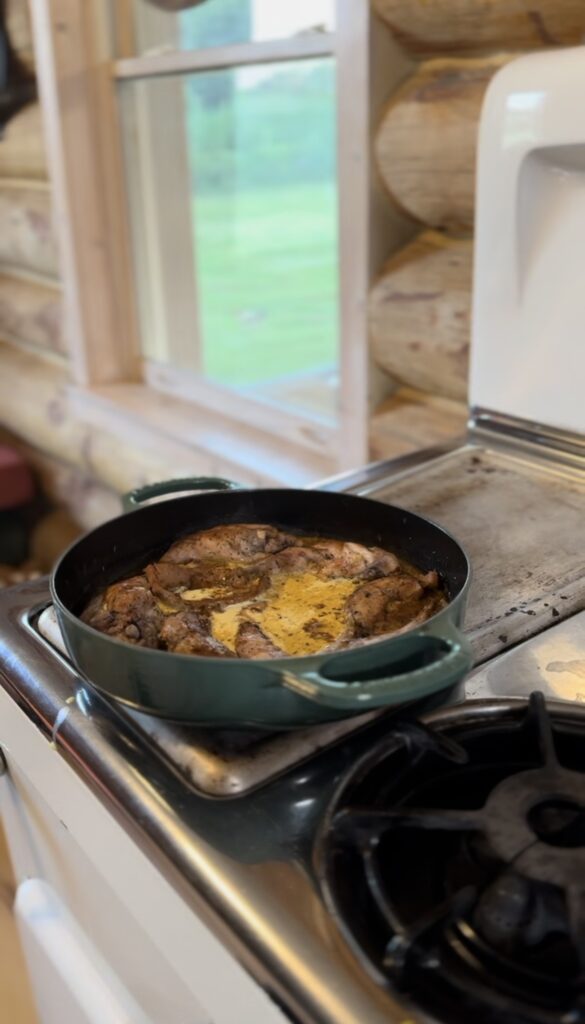
Versatility Across Cooking Methods
Few cooking tools match cast iron’s versatility:
- Stovetop cooking (gas, electric, or induction)
- Oven baking and roasting
- Broiling
- Campfire and outdoor cooking
- Slow cooking and braising
Health and Safety Benefits
Cast iron provides significant advantages over Teflon and other non-stick cookware:
- No synthetic chemicals or PFOA/PFAS compounds
- Adds beneficial dietary iron to food
- Creates a natural non-stick surface through seasoning
- No risk of toxic fumes at high temperatures
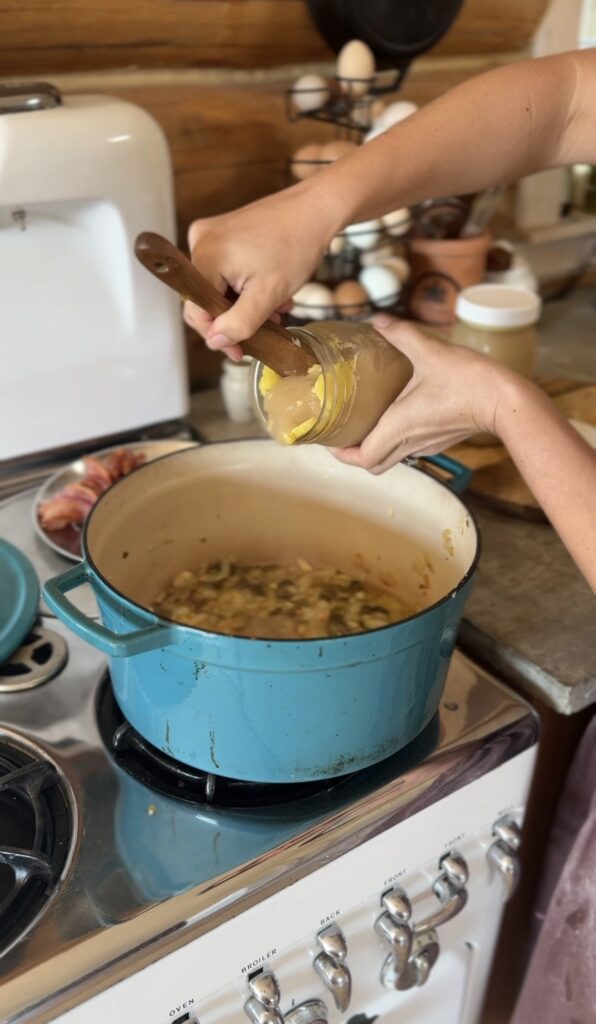
Types of Cast Iron Cookware Worth Investing In
Traditional Bare Cast Iron
Lodge: The most accessible and reliable modern cast iron brand. Their pre-seasoned skillets offer excellent performance at reasonable prices.
Vintage Brands: Griswold, Wagner, Birmingham Stove & Range, and unmarked “gate-marked” pans often feature lighter weight and smoother cooking surfaces than modern equivalents.
Enameled Cast Iron
Le Creuset: Premium French-made enameled cast iron with exceptional heat distribution and durability. The colored exterior and white interior provide beauty and functionality. Heres the link to my FAVORITE LE CREUSET
Lodge Enameled: More affordable enameled options that deliver many of the same benefits as premium brands at a lower price point.
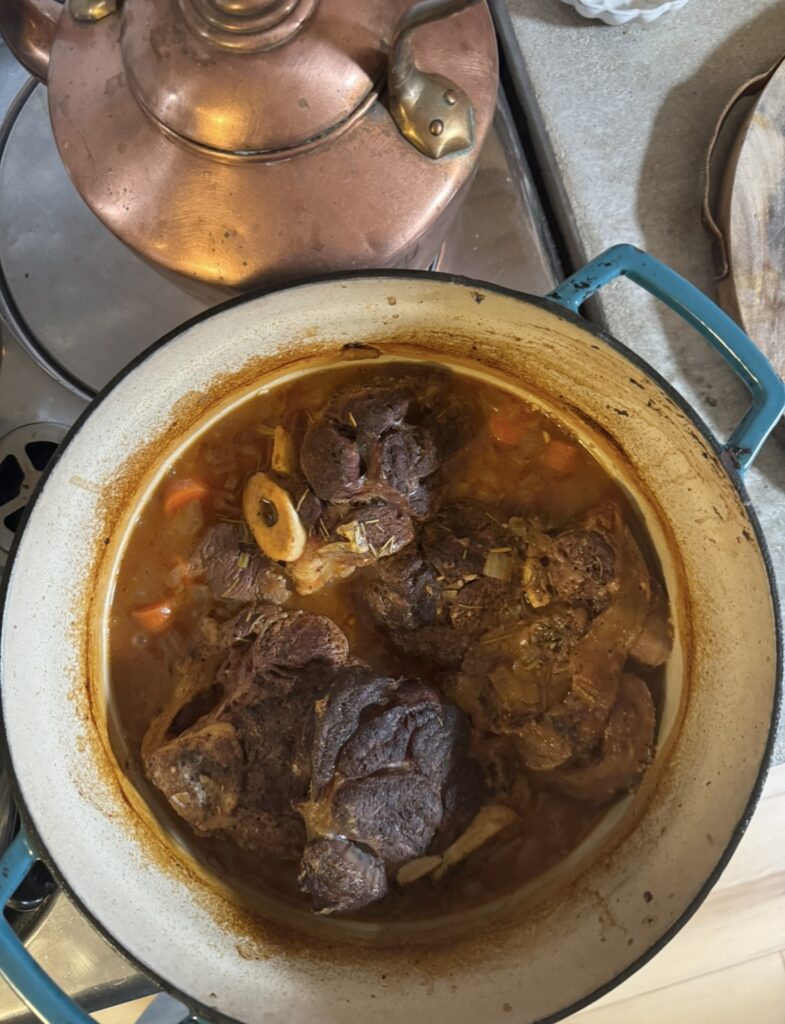
Building a Cast Iron Collection
Essential Pieces to Start With
- 10-inch skillet: The most versatile size for everyday cooking
- Dutch oven: Perfect for stews, bread, and slow cooking
- Griddle/flat top: Ideal for pancakes, grilled sandwiches, and breakfast foods
Where to Find Quality Cast Iron
- New production: Direct from manufacturers, kitchen stores, outdoor retailers
- Thrift stores: Goodwill, Salvation Army, and local thrift shops often have hidden gems
- Estate sales: Excellent sources for vintage pieces at reasonable prices
- Online marketplaces: eBay, Facebook Marketplace, and specialized cast iron collector groups
Proper Care and Maintenance
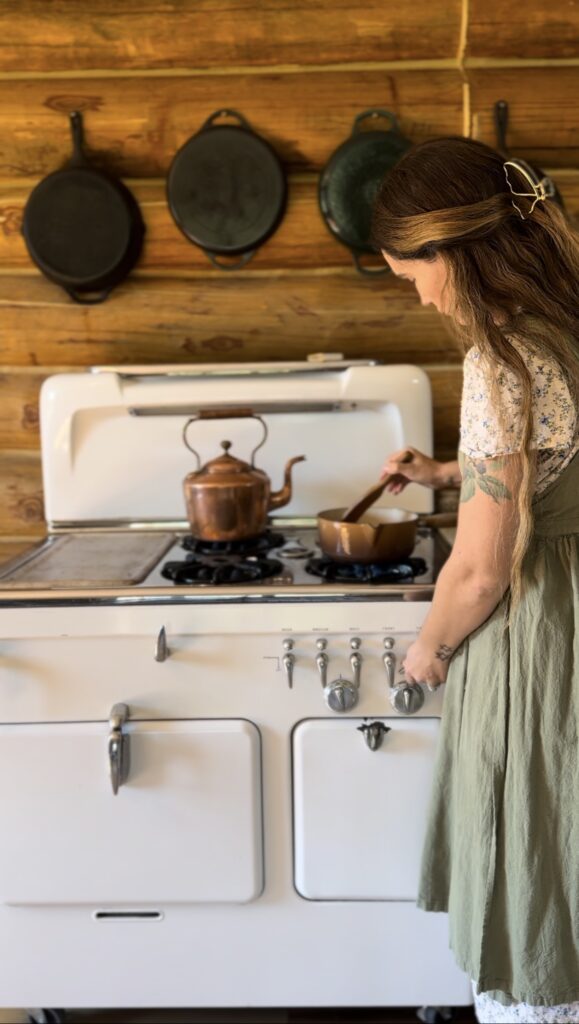
Seasoning Cast Iron
Seasoning creates the natural non-stick surface that makes cast iron exceptional:
- Clean and dry the pan thoroughly
- Apply a thin layer of high-smoke-point oil (grapeseed, flaxseed, or vegetable oil)
- Wipe away excess oil until the pan appears almost dry
- Bake upside down at 450°F for one hour
- Repeat process 2-3 times for new or restored pans
Daily Cleaning
Contrary to popular belief, caring for cast iron is straightforward:
- Clean while still warm (not hot)
- Use hot water and a stiff brush or chainmail scrubber
- Avoid prolonged soaking or dishwasher use
- Dry thoroughly on stovetop
- Apply a very light coat of oil after each use
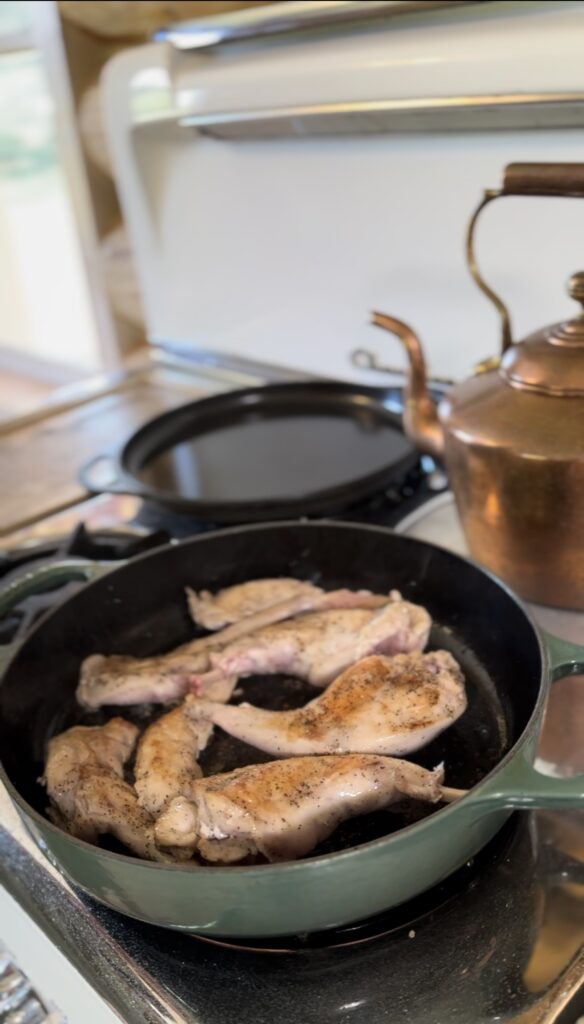
Restoring Vintage Finds
Even severely neglected cast iron can be restored:
- Remove rust with steel wool or vinegar soak
- For stubborn buildup, consider lye soaking or electrolysis (with proper safety precautions)
- Thoroughly clean and dry
- Apply multiple rounds of seasoning
Finding Value in Vintage Cast Iron
What to Look For
- Smooth cooking surface: Vintage pans often have a smoother finish than modern productions
- Wall thickness: Thinner, lighter pans from the early-to-mid 20th century are prized
- Maker’s marks: Logos and markings help identify manufacturer and age
- Heat rings: The presence and style of heat rings on the bottom can indicate age
Common Brands Worth Collecting
- Griswold: Especially pieces from the early 1900s through the 1950s
- Wagner: Both unmarked and marked pieces from pre-1960
- Birmingham Stove & Range: Known for excellent quality and performance
- Lodge pre-1960: Older Lodge pieces with smoother surfaces
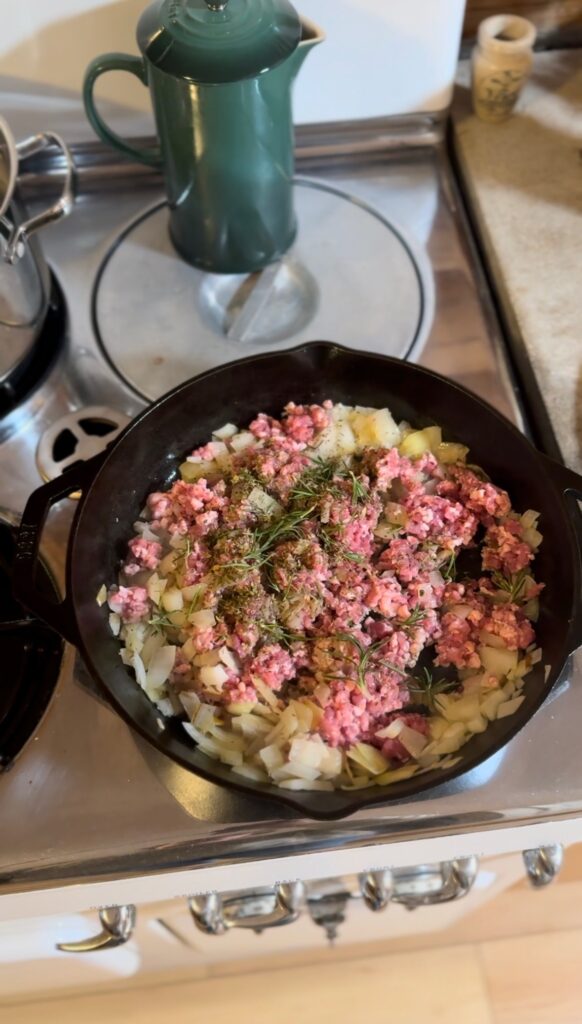
Why I Choose Cast Iron Over Modern Cookware
After years of cooking with cast iron, I’ve found it superior to Teflon and other non-stick options for these key reasons:
- Safety: No concern about chemical coatings breaking down
- Performance: Better results for searing, baking, and high-heat cooking
- Longevity: One-time investment versus frequent replacements
- Versatility: Adaptable to any cooking method or heat source
- Sustainability: Environmentally responsible choice that reduces waste
Pin it for later!
